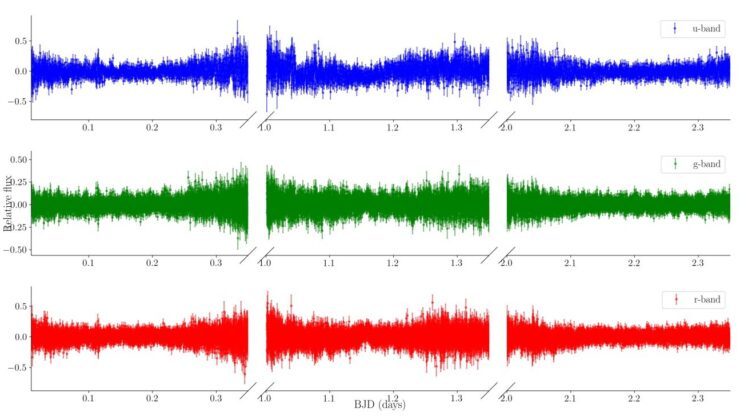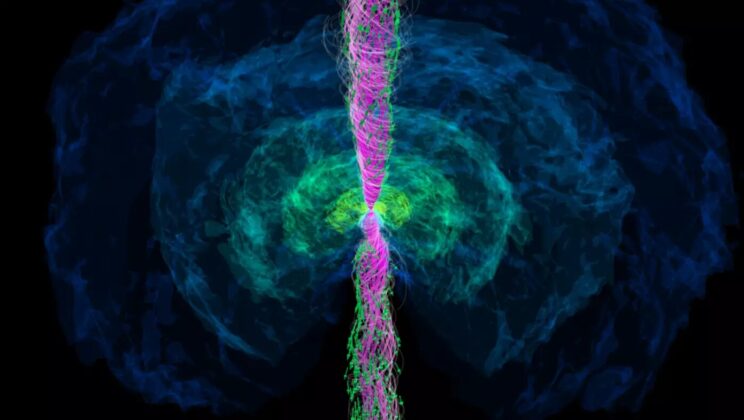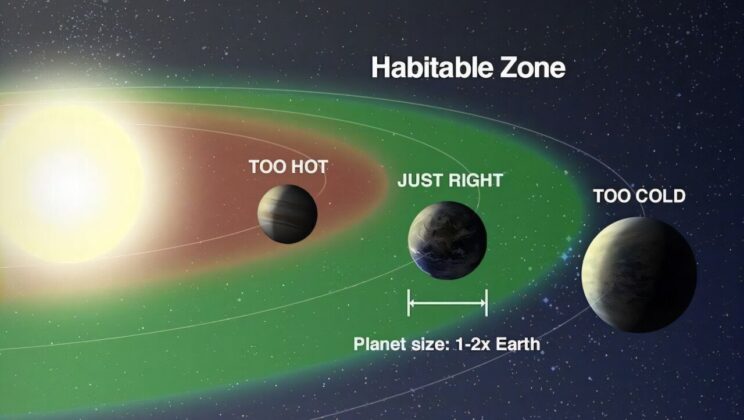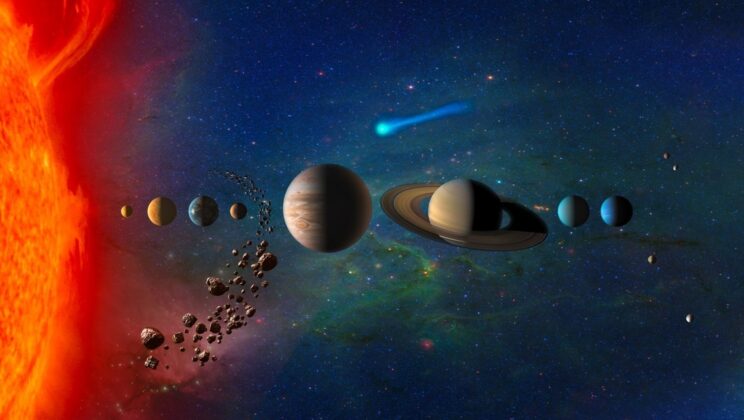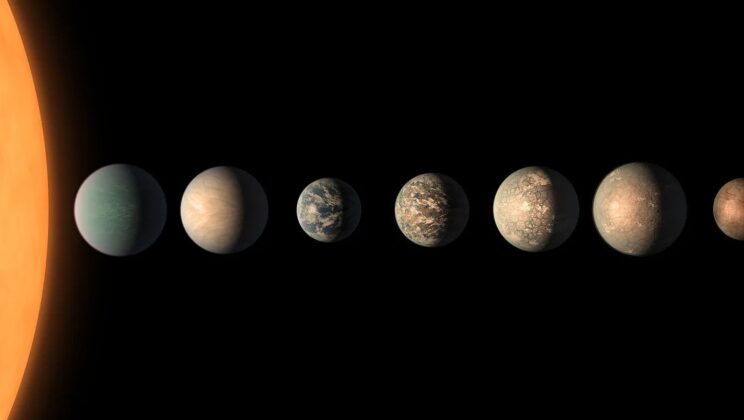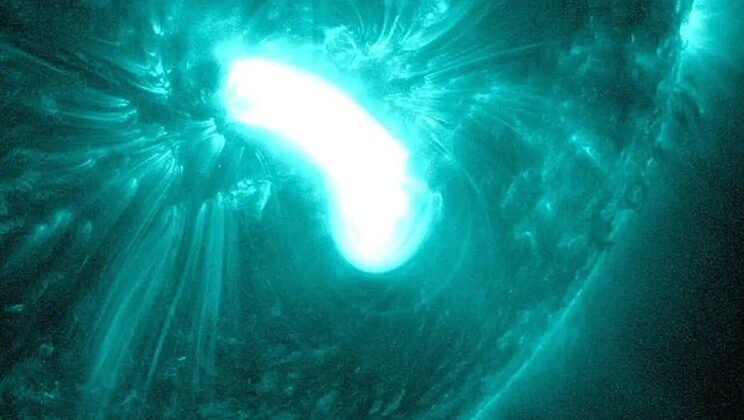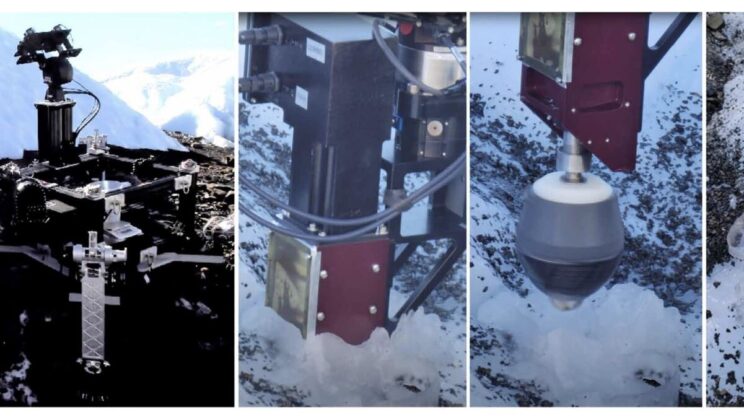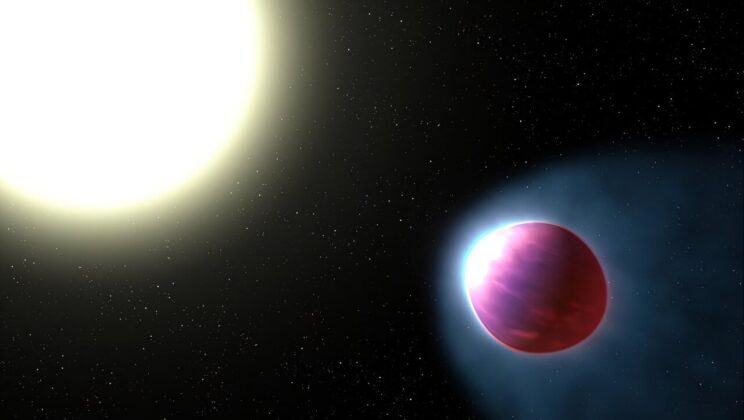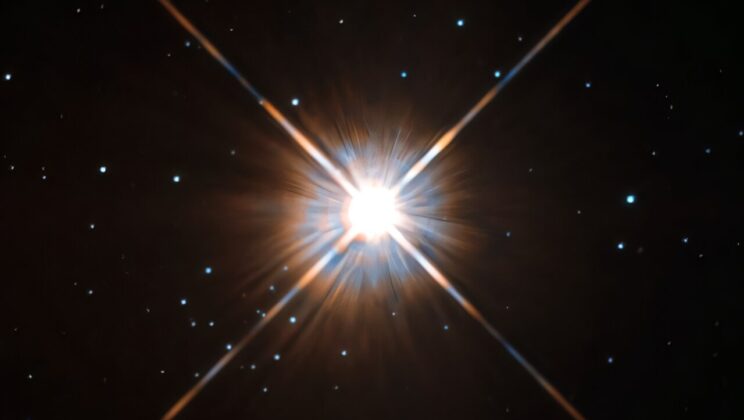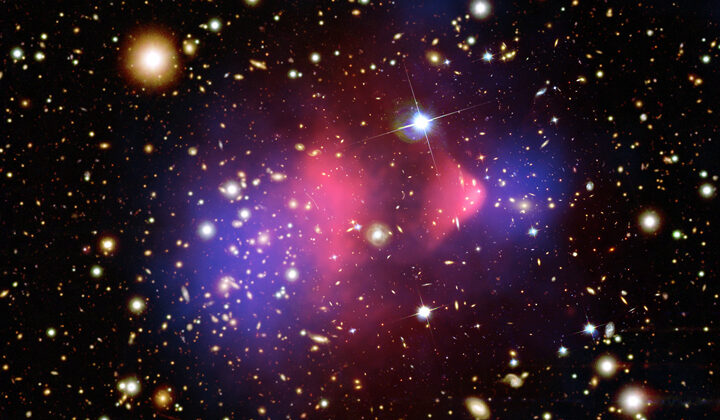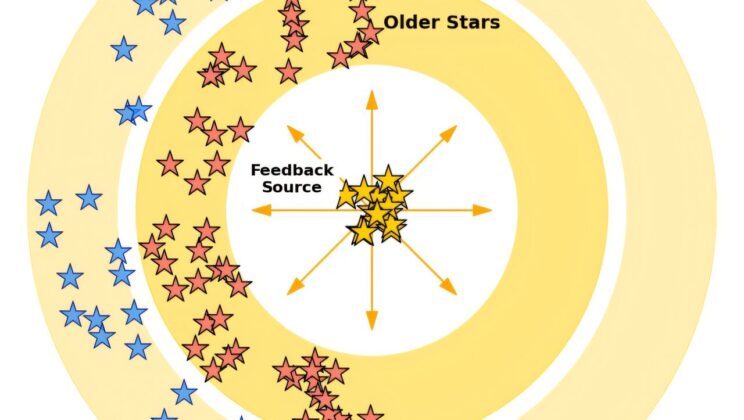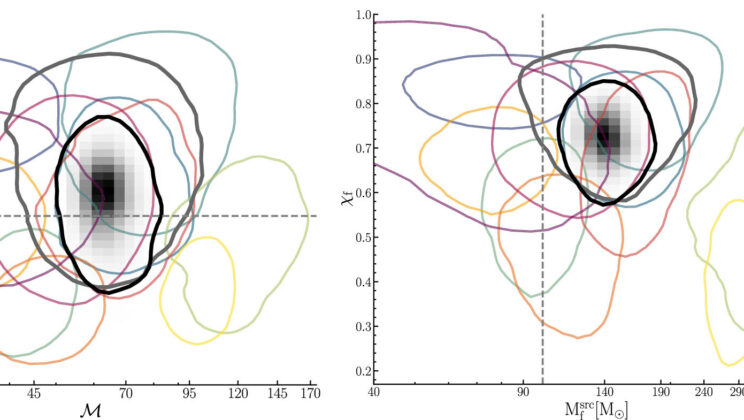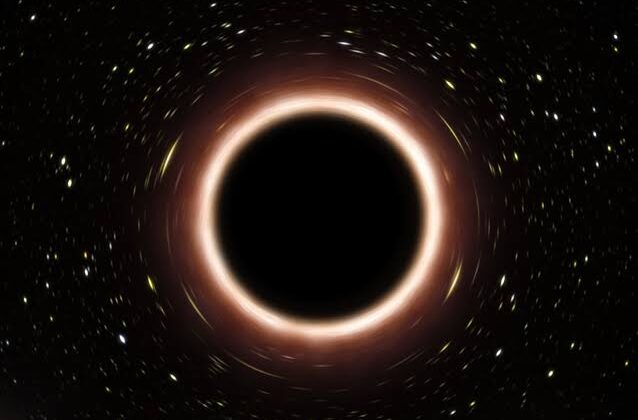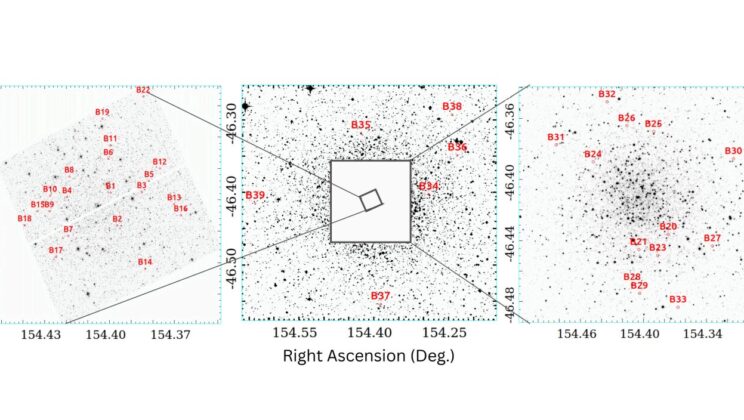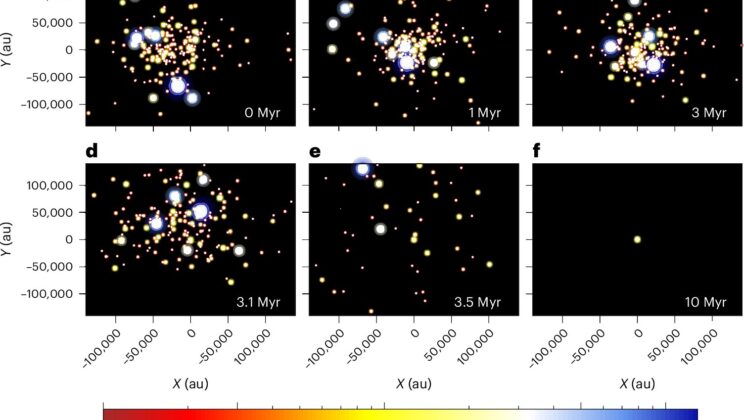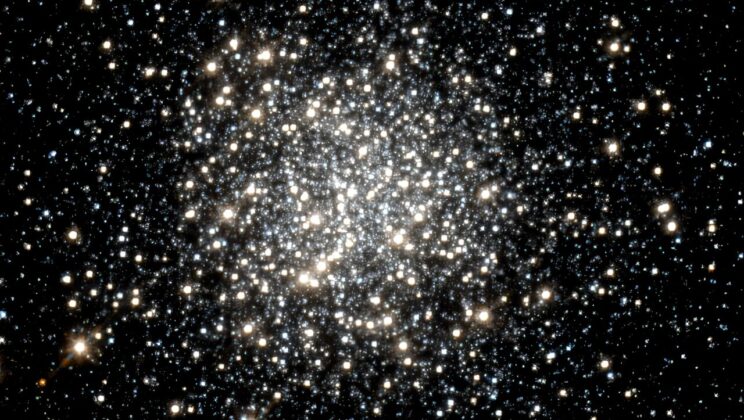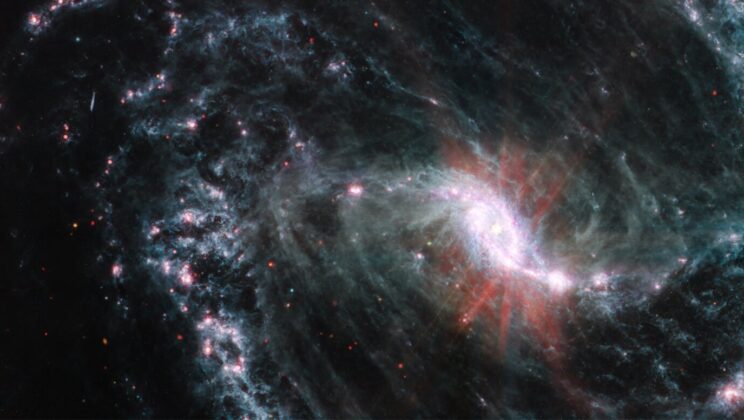It is hard to imagine the ghost of a star. And yet, floating 326 light years away from Earth is…
Category: Astronomy
Supercomputer Unlocks Secrets of Gold Forging Colliding Stars
On the vast canvas of the cosmos, few events are as dramatic, as violent, and as enlightening as the collision…
Ancient Chinese Star Mystery Solved After 600 Years
Long before the telescope reshaped astronomy, when European star charts were still sparse and speculative, Chinese astronomers were looking up…
Beyond Goldilocks Zones The Hunt for Enduringly Habitable Worlds
In the three decades since astronomers discovered the first exoplanet orbiting a sun-like star, the search for other worlds has…
Wandering Stars Threaten Solar System Stability
For centuries, astronomers have gazed skyward, working to decode the cosmic choreography that governs our solar system. They’ve modeled planetary…
Beyond Oxygen The Universe’s Hidden Chemistry
For centuries, the question of extraterrestrial life has captivated human imagination. But in the scientific age, that curiosity has transformed…
Averting Cosmic Catastrophe How Satellites Could Save Civilization
On Halloween week in 2003, while children in costumes collected candy under the glow of streetlamps, an invisible force lashed…
NASA’s Walking Robot Could Be the First Explorer of Alien Oceans
It begins with a question as old as humanity itself: are we alone in the universe? For decades, scientists at…
Scientists Find Vaporized Rock and Methane on a Hellish Distant Planet
In the vast menagerie of alien worlds scattered across our galaxy, few are as baffling—or as blisteringly extreme—as WASP-121b. This…
Why Earth’s Place in the Universe Might Reveal the Secrets of Alien Life
The question of whether we are alone in the universe has long haunted our species. For most of modern astronomy,…
What Is Dark Matter? Exploring the Invisible Universe
Look up at the night sky, and you’ll see stars twinkling like scattered diamonds, galaxies floating like distant islands, and…
Supernova Explosions Shaped Ancient Star Clusters in the Milky Way
For centuries, humanity has gazed up at the stars in wonder, tracing constellations and dreaming of the origins of the…
Scientists Finally Solve the Mystery of Venus’s Flat-Topped Volcanoes
Deep in our solar system, cloaked in a thick, toxic atmosphere and scorched by temperatures hot enough to melt lead,…
Astronomers Uncover ‘Missing Link’ Black Holes in Deep Space Collision Data
In the vast, enigmatic theater of the universe, black holes perform as both destroyers and storytellers. These celestial enigmas—points in…
From Infinity to Eternity: Scientists Simulate the Full Journey of a Gravitational Wave Through a Black Hole
In the shadowy edges of spacetime, where gravity is so intense that not even light can escape, a remarkable story…
Mars Is Still Bleeding Atmosphere Into Space — Scientists Make First Direct Detection of Atmospheric Sputtering
Far above the rust-red plains of Mars, invisible to the eye but deadly in consequence, a slow and ghostly escape…
Ancient Star Cluster Reveals Secret Life of Mysterious Blue Stragglers
In the depths of the southern constellation Vela, 16,000 light-years away, lies a glittering relic of the early universe—NGC 3201,…
New Space Study Solves Decades-Old Mystery About Lithium’s Birth
For over half a century, lithium—the silvery, soft metal often associated with smartphone batteries and mental health medications—has remained one…
Webb Telescope Reveals Ancient Spinning Galaxies in Universe’s Deepest View
More than a century ago, Albert Einstein predicted something almost too strange to believe—that space itself could warp under the…
Trapped in the Void How Planetary Chaos Creates Giants on the Edge of Space
In the shadowy outskirts of distant solar systems, far beyond the orbit of the outermost known planets, lie massive planetary…
Hubble Uncovers Secrets of a 12.8-Billion-Year-Old Star Cluster in the Large Magellanic Cloud
Floating serenely in the southern sky, the Large Magellanic Cloud (LMC) is more than just a nearby dwarf galaxy—it’s a…
How Fast Is the Universe Expanding? The James Webb Space Telescope May Have Just Solved a Cosmic Mystery
For over a decade, astronomers have been puzzled by a curious conflict in our understanding of the universe—a conflict that…
